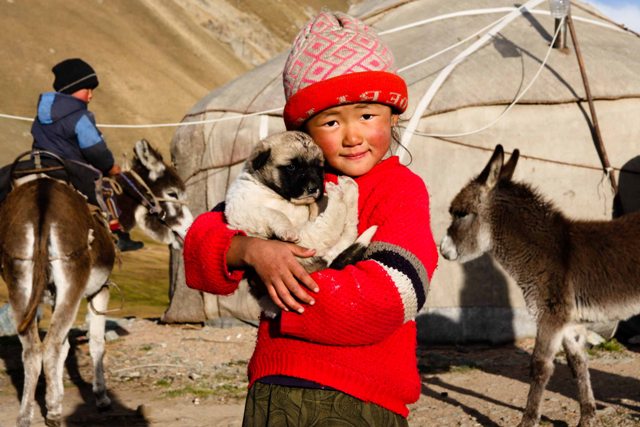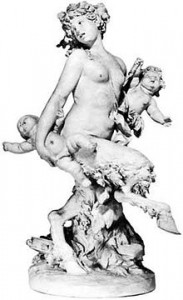The effects of living closely with domestic animals in pastoral societies are varied, touching on sociology, linguistics, and history. Even today, there are pastoral societies such as the Kyrgyz in Kyrgyzstan, living nomadic lives with their herds. In the past they have influenced the sedentary civilizations, particularly in Eurasia.
In Goat Song, the influence of pastoralism over past languages and their modern progeny is detailed. Letters such as H may have taken their shape from fences as a string of them clearly form a pen: HHHHHHH. The shape of the letters I, J, and L may all have come from different types of shepherds’ staffs. There is a common allusion to this in candy canes being shaped purposefully like shepherds hooks in reference to the pastoralism of the Jews and the influence it had on the New Testament. The Jewish and Christian religions themselves have a large amount of pastoral influence, with many analogies being focused on sheep, shepherds, and animal sacrifices.
In Greece, the goat specifically influenced mythology in the form of the satyr. Half goat and half man, the minor god embodied the lust found in goats while in their mating season. They are also patrons of the arts, including poetry and song.
This character of a half man- half goat god was co-opted by the early Christians into one version of the devil. Modern conceptions of devils often include goat-like elements such as horns, goat legs, or even goat heads.
Pastoralism has even affected our genetics to an extent, as we are one of the only species to retain the ability to process milk into adulthood. The genes responsible for the ability to metabolize lactose are not present in all peoples, and are more common in western ethnic groups which have a past grounded in pastoralism.
Historically, pastoral societies have lived on the outskirts of sedentary societies and often invaded. Sometimes these invaders established control over the civilization, such as the mongols with the Jin Dynasty in China, or the Seljuk Turks in Anatolia. These invasions were often destructive, but occasionally constructive. The Mongols, for example, provided safe passage for trade over a huge territory, and spread ideas across their lands as well.
The domestication of goats, cows, sheep, and other pastoral animals has had a wide effect on people biologically, and historically. Goats in particular have had a lasting influence on western culture through its Greek and Judeo-Christian roots.
Citations:
http://ngm.nationalgeographic.com/2013/02/wakhan-corridor/finkel-text
http://www.everynation.org/middle-east/tag/kyrgyz/



I love how you covered the numerous effects pastoralism has had on cultures, language, symbols, etc. I also really like how you went one step further than Kessler and discussed how it has affected our genes.
When I was reading Goat Song, I was shocked by how many different ways one simple animal, the goat, could influence the world. What amazed me more, is how those influences have resonated through culture still today. I definitely would not have made the connection of the satyr to satan on my own, so I am glad you pointed it out.
I did discover however, that other common domestic animals have had just as great an influence on culture as has the goat. In my ongoing research concerning the domestication of pigs, I discovered that the domestic pig has “political, cultural, and ecological roots in Egypt. In fact, the domestication of pigs actually led to the break down of harsh regimes in the Lower Egypt (Brett Mizelle- Pig).
The link to Satan actually came from the book, I’d be interested in finding out how gigs led to the downfall of Lower Egypt. I do remember watching a documentary about how the animals brought to the New World changed the environment down to the soil.
I agree with Megan about how much ground this post covers and really appreciate your thoughts about pastoralism and the alphabet. Kessler’s discussion of the development of written language and its roots in the pictograms of pastoralism is one of my favorite parts of the book. As for the “which domesticate is most important” debate, I think you can both be right. Which animal played the most significant role depended on cultural context and geography. I’m thinking that the camel and the horse were incredibly important – but not at the same time in the same place.
Are you Looking for the best Hosting? Visit PRIMEX.HOST site. Primex.host provides Reliable Best Web Hosting Plans, Shared Hosting Plans, Unlimited SSD Web Hosting , and other Hosting Solutions For Your Needs at a cheap cost.